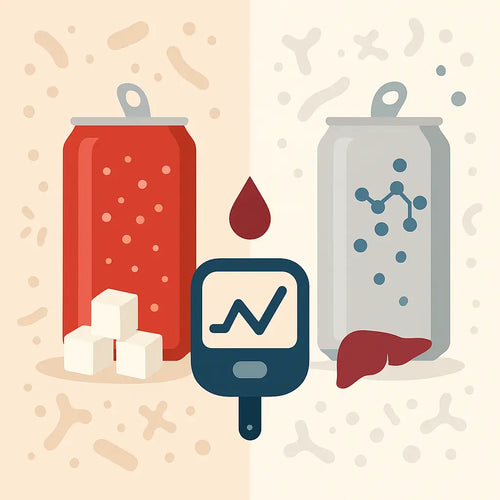No products in the cart.
There has been a lot of research in the last few years on the benefits of interval training. The reviewed study compared interval walking with regular walking (Karstoft K, et. al.,2013).
The participants were people with Type II Diabetes. One group completed 60 minutes of continuous walking. The other group completed interval walking, alternating between three minutes repetitions at low and high intensity. The training energy expenditure and the average intensity were comparable.
The results were very interesting. The VO(2)max, a measure of physical fitness, increased 16.1 percent in the interval group with no changes in the continuous walking group. The body mass, fat mass, and visceral fat decreased only in the interval-walking group. Glycemic control worsened in the continuous walking group with elevated continuous glucose monitoring and increased fasting insulin. The average and maximum continuous glucose levels decreased in the interval-walking group.
The researchers concluded that interval walking is superior to energy expenditure during continuous walking for improved physical fitness, body composition, and glycemic control. This confirms what other research has documented earlier. You get more benefits from exercise if it includes bursts of high-intensity intervals.
Karstoft K, Winding K, Knudsen SH, Nielsen JS, Thomsen C, Pedersen BK, Solomon TP. The Effects of Free-Living Interval-Walking Training on Glycemic Control, Body Composition, and Physical Fitness in Type 2 Diabetic Patients: A randomized, controlled trial. Diabetes Care. 2013 Feb;36(2):228-36. doi: 10.2337/dc12-0658. Epub 2012 Sep 21.
Leave a comment









